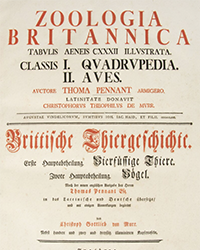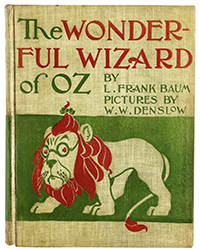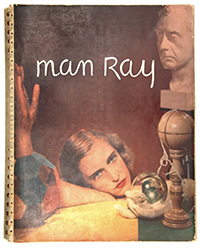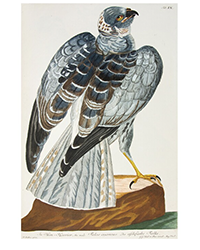Hordern House has put together a catalogue of items from The Whitmont Collection, which they describe as “a collection 80 years in the making.” It is a collection put together by a prominent Sydney (Australia) family over three generations. They focused on their home continent deep in the southern hemisphere. The result was an exceptional collection of Australiana and related material. Hordern House notes that the collection is a “treasure trove” of Australian material, some not seen in decades, others offered for the first time. No wonder they needed 80 years to assemble all of these rarities and other important items. This is the first of three planned catalogues, the second coming later this year and the third in 2026.
This is one of the rarest First Fleet narratives to be published. The title is An Authentick Narrative of the Expedition to Botany Bay, As performed by Commodore Phillips… By an Officer, just arrived in the Borrowsdale Transport, undated but printed in 1789. This is the revised and best second edition of a book now known only in four copies of the first edition and three copies of the second. The book is based on the earliest reports coming back from Australia of the settlement under Arthur Phillip. Some was “borrowed” from other published reports while other information was culled from recently returned sailors. The book was rushed out to fill the great curiosity for descriptions of the new land. There were, naturally, mistakes, such as referring to Botany Bay as an island. In perhaps a surprise, the editor denounces the the British behavior toward the natives. “The natives, when they discovered the preparations on foot, and that their visitors were likely to become stationary, appeared dissatisfied; and well they might, could they have known what ruin and destruction the civilized christians carried into other harmless territories. Blush ye unfeeling monsters, plunderers of wealth, who gain it only from the misery and destruction you bring upon a harmless people, equally God’s creatures…” Item 19. Priced at AU $185,000 (Australian dollars, or approximately US $120,913).
Next is a letter from Capt. James Cook. His letters are extremely difficult to obtain today, particularly one from a momentous occasion. It was written on July 12, 1771, the day Cook and the ship he commanded, the Endeavor, landed back in England at the end of his first voyage. Cook dictated it to his clerk, Richard Orton, while Cook has signed it with his distinctive flourished signature. The heading reads, “Endeavor Bark in the Downs.” Cook lists seven documents he was presenting, muster books, reports of surveys, and the public papers of deceased officers. There were five of them who died, including the surgeon, cook, bosun and carpenter. He then proceeded to the Admiralty to provide a full account of the voyage. Item 13. AU $375,000 (US $244,469).
Here are some more letters written onboard ship. There are six autograph letters written by Thomas Burgess from the Beagle in 1831-1835. They were sent to his father, Isaac Burgess in Cheshire. Notable from this journey is that one of his shipmates was Charles Darwin. He was the naturalist on board, examining the flora and fauna he found on the South American continent. It was what he saw on the trip, comparing plant and animal life he found onshore and nearby islands and their similarity and differences, that led him to the theory that many consider the most important discovery in scientific history – the theory of evolution. To say it was not universally accepted would be an all-time understatement. It challenged people's fundamental religious beliefs, which many did not appreciate, but he was just telling it like it is. Burgess describes his adventures, “I have been in three quarters of the globe already,” and “if ever I do live to Come home I will be able to Sit Down and tell a good Story.” His letters were also signed by two officers on board as this was required to get discounted postage. Years later (1875), Burgess wrote of his high regard for Darwin and Darwin sent him a carte-de-visite photographic portrait and a copy of one of his books. Item 9. AU $125,000 (US $81,487).
Hordern House says “this rare and exotic publication of original Pacific artefacts is the most remarkable of the whole Cook canon.” It is also one of the rarest. It is not so much a book of text or even illustrations as it is a sample book. The title is, A Catalogue of the Different Specimens of Cloth collected in the three voyages of Captain Cook, to the Southern Hemisphere; with a Particular Account of the Manner of the Manufacturing the same in the various Islands of the South Seas... This is a first edition, published in 1787. The publisher was Alexander Shaw, about whom little is known. What it contains are samples of tapia cloth which were brought back from Cook's third and final voyage. Tapia is made from the bark of mulberry and breadfruit trees found on Tahiti and other Pacific islands. The natives pound it into sheets and dye it with berries, leaves, roots and flowers to create designs. The book says the cloth was used in the rainy season and “at the human sacrifice.” Each of these books was separately created and unique. The number of samples contained varies widely. Thirty-nine samples are mentioned on the introductory list. This copy contains 36. Shaw also sold samples in his shop which may have affected what was available for each copy. It contains the Jamaican sample which is usually missing. Also, this copy has very little clipping, a common practice with the book as people would clip off smaller samples from it. The number of copies produced is uncertain, but the current estimate is 68. Of these, 57 are held in libraries, a few unknown, and the rest in private hands. Item 15. AU $325,000 (US $210,844).
Next is a seven-page autograph letter by Charles Darwin, sent to his second cousin, Edward Holland, circa 1845 or 1846. It concerns some fossil bones discovered by naturalist Frederick Isaac in Australia. Holland was offering them to Darwin, but responding this was not his area of expertise, Darwin recommends someone else. He makes no comments about evolution, but this comes from his silent period. Darwin returned from his voyage on the Beagle in 1836. By 1837, he had concluded that changes in species were the result of evolution, and in 1838 added the final piece when he realized natural selection was the means by which it happened. However, he also realized publishing his theory would be very controversial, so he kept his mouth shut. He didn't mention it to anyone but his closest associates until the late 1850s and finally the public in 1859. Item 18. AU $85,000 (US $55,244).
Hordern House may be reached at [+61] (02) 9356 4411 or rare@hordern.com. Their website is found at www.hordern.com.

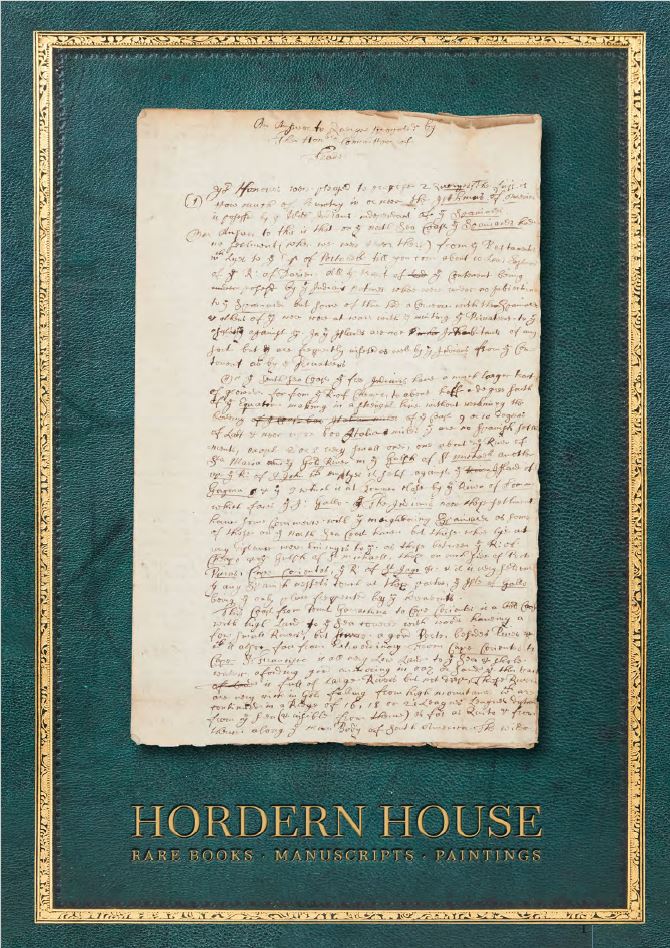
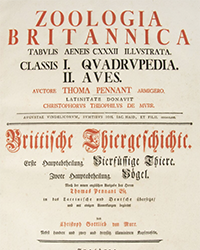
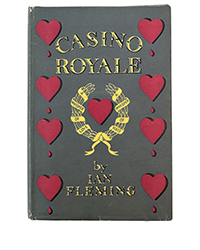
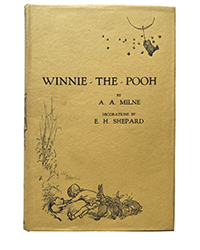
![<b>Sotheby’s:</b> Ernest Hemingway. <i>Three Stories And Ten Poems,</i> [Paris], (1923). First edition of Hemingway’s first published book. $75,000. <b>Sotheby’s:</b> Ernest Hemingway. <i>Three Stories And Ten Poems,</i> [Paris], (1923). First edition of Hemingway’s first published book. $75,000.](https://ae-files.s3.amazonaws.com/AdvertisementPhotos/acf970a0-a15d-4c79-aa24-5e8e414cb465.png)
